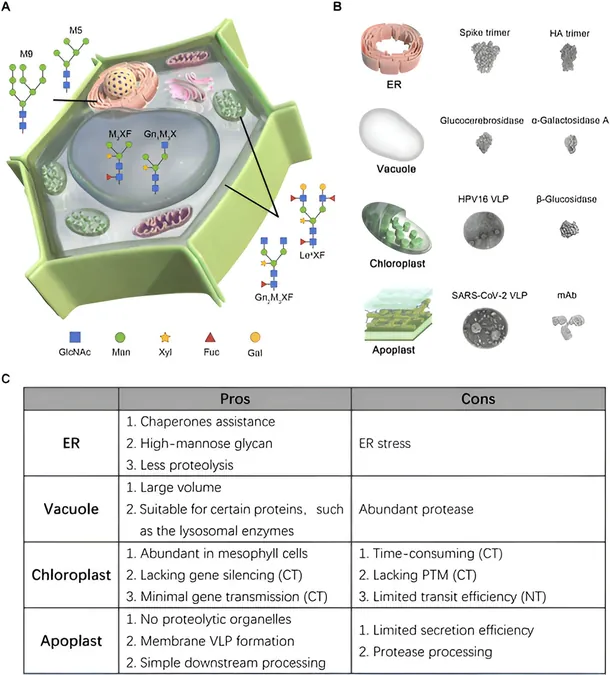
The COSTED Trial: A Landmark Study on Smoking Cessation in Emergency Departments
2024-09-23
In the fast-paced environment of emergency departments (ED), the focus often leans towards more immediate health concerns, with substances like alcohol and opioids often taking center stage. Yet, the struggle with nicotine addiction looms large, often sidelined. Traditionally, smoking cessation has been left to primary care providers. However, the COSTED trial offers a fresh perspective on how emergency departments can play an impactful role in assisting patients to quit smoking.
Understanding the COSTED Trial
The COSTED (Cessation of Smoking Trial in the Emergency Department) trial was a multicenter randomized controlled trial conducted across six emergency departments in the United Kingdom. This comprehensive study aimed to investigate the effect of a smoking cessation program directly in the emergency setting, addressing an overlooked area of patient care.
Study Methodology
Participants: The trial included adult patients and visitors to the ED who smoked cigarettes daily, demonstrated by expired carbon monoxide levels exceeding 8 parts per million, and were not currently using e-cigarettes.
Intervention: The intervention group received a structured smoking cessation program consisting of three key components: 1. Brief Smoking Cessation Advice: Up to 15 minutes of direct counseling aimed at motivating the patient to quit. 2. E-Cigarette Starter Kit: Participants received a starter kit along with guidance on its use, also taking about 15 minutes. 3. Referral Services: Direct referrals to local stop smoking services for ongoing support.
By contrast, the control group was provided with informational materials on local NHS stop smoking services without direct referral assistance.
Key Findings
Out of 972 enrolled participants, the average age was 40, with approximately 40% being women. Participants smoked a median of 15 cigarettes daily, with follow-up data completed for about 70% of them.
For the primary outcome of self-reported abstinence at 6 months, those in the intervention group showed a promising improvement in verified smoking cessation (7.2% vs. 4.1% in the control group). Additionally, there was a notable increase in the number of participants who managed to remain abstinent for at least 7 days during the trial (23.3% vs. 12.9% in the control group).
Reflections on the Trial
While the results of the COSTED trial are encouraging, there are valid concerns regarding its implementation. The high level of follow-up—73% for the intervention group and 65% for the control group—indicates that the researchers were effective at tracking outcomes. Still, losing a significant number of participants could skew results and may jeopardize the robustness of conclusions drawn.
Furthermore, the study presented challenges inherent to emergency departments, such as the time constraints placed on healthcare providers. Allocating 15 minutes for smoking cessation discussions could potentially delay care for other patients awaiting attention, raising issues related to opportunity costs in emergency settings.
The Bigger Picture
The COSTED trial opens the door for further exploration into the role of emergency departments in public health initiatives, particularly regarding smoking cessation. Emergency departments are positioned uniquely to assist patients at a critical juncture in their health, but questions remain about the scalability and sustainability of such interventions.
Conclusion
In conclusion, the COSTED trial effectively highlights the potential benefits of integrating smoking cessation programs into emergency care. With an absolute decrease in smoking rates at 6 months by 3%, it encourages emergency departments to look critically at their own practices and consider how they can better support patients grappling with nicotine addiction. The findings challenge healthcare systems to rethink their strategies and address the addiction crisis that is a significant public health concern.





 Brasil (PT)
Brasil (PT)
 Canada (EN)
Canada (EN)
 Chile (ES)
Chile (ES)
 España (ES)
España (ES)
 France (FR)
France (FR)
 Hong Kong (EN)
Hong Kong (EN)
 Italia (IT)
Italia (IT)
 日本 (JA)
日本 (JA)
 Magyarország (HU)
Magyarország (HU)
 Norge (NO)
Norge (NO)
 Polska (PL)
Polska (PL)
 Schweiz (DE)
Schweiz (DE)
 Singapore (EN)
Singapore (EN)
 Sverige (SV)
Sverige (SV)
 Suomi (FI)
Suomi (FI)
 Türkiye (TR)
Türkiye (TR)